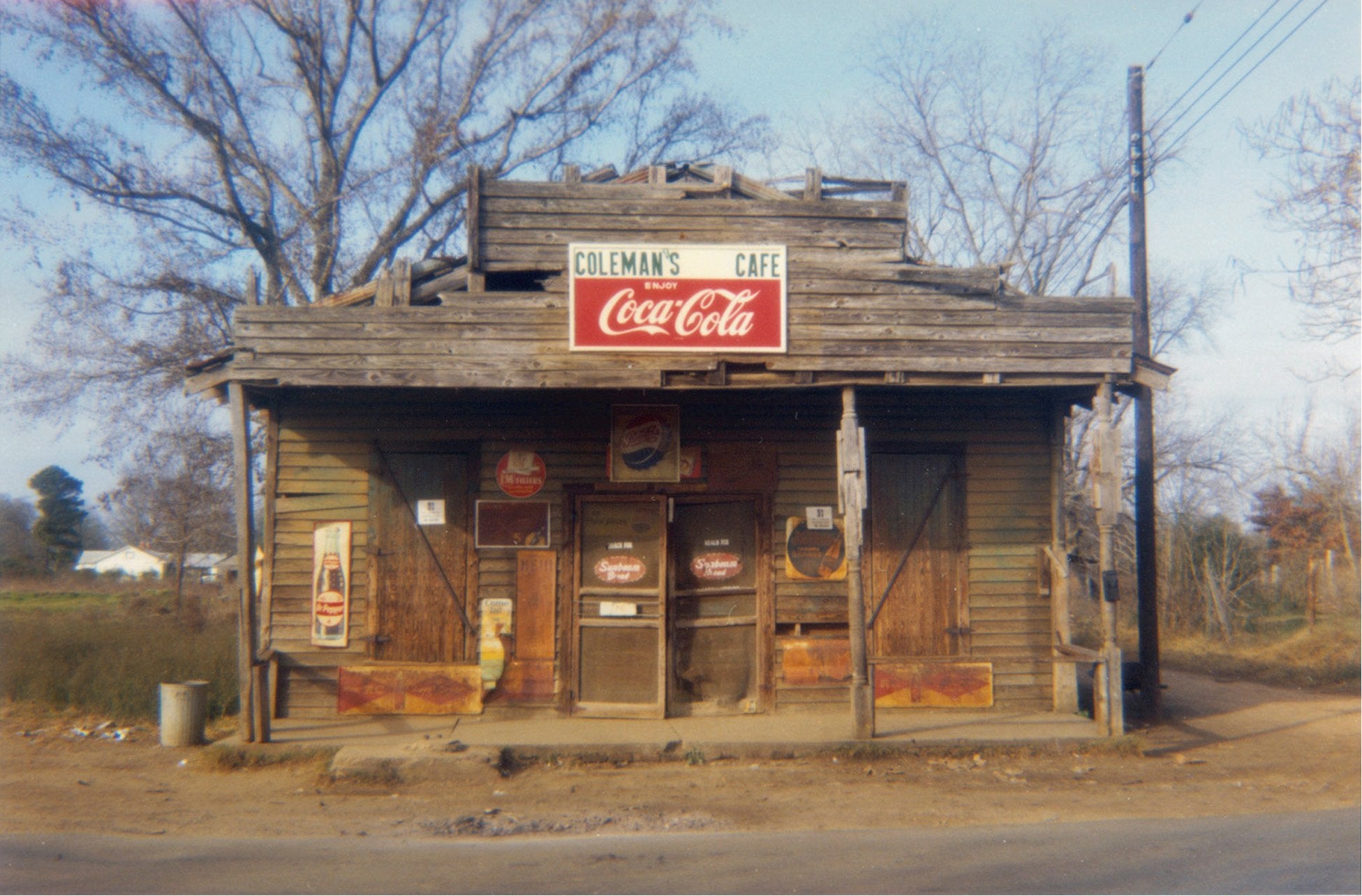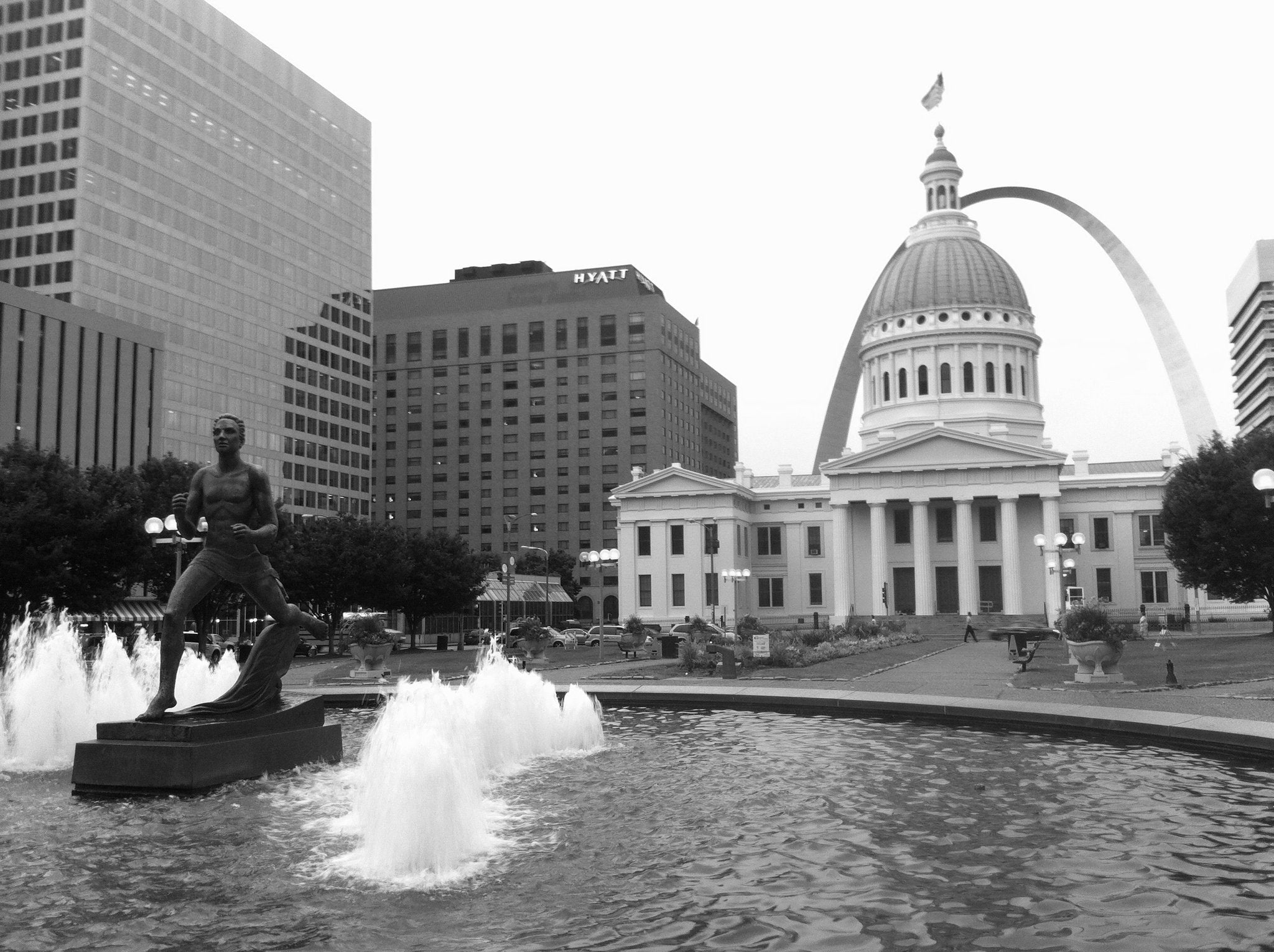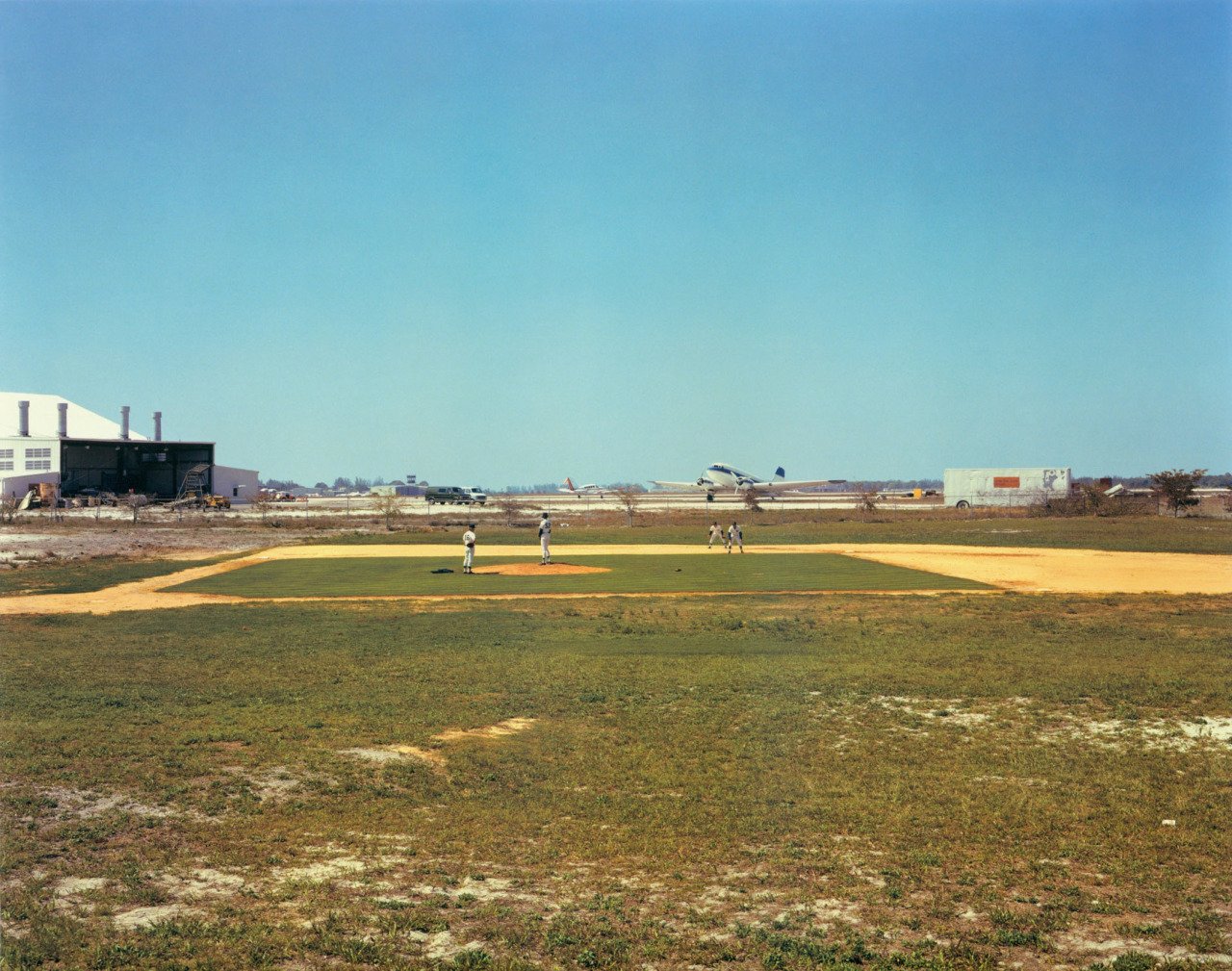
Victoria Williams, photographer
“Whitman has the photographer’s eye, but no camera,” says Wright Morris in his essay “In Our Image.” The (vastly underappreciated, in my humble opinion) singer-songwriter Victoria Williams has the photographer’s eye, too, and in spades, but even better I think she has the photographer’s heart.
The photographer’s eye
Morris quotes aptly from Whitman to make his point.
Wild cataract of hair; absurd, bunged-up felt hat, with peaked crown; velvet coat, all friggled over with gimp, but worn; eyes rather staring, look upward. Third rate artist.
And really, you sort of feel that you could choose almost any random page in Whitman and get pretty close to that sort of photographic description. Williams’s song “Main Road” plows the same earth:
The everyday is made strange in memory.
Now obviously, that “too” is necessary for the rhyme, but the way it links the buttercups and the bike, the yellow and the red: it’s essentially photographic in the way it declares the frame, and simultaneously the whole rest of the world that’s not in this particular frame. Incidentally, Lucinda Williams (I want to insert “no relation” here not only because that seems to be what you do, but also because it’s so tantalizing to think of these two exceptional people as being distant cousins or something. And also: I don’t for a fact know that they’re not related, but it seems like something like that would have come up in the reading I’ve done on both artists over the years.) has covered this song, and she extends the “wild” syllable to its breaking point, which is just about where your heart ends up too.
The Flannery-O’Connor-goes-(maybe)supernatural song “Crazy Mary” is similarly visually detailed.
Which to me seems like a Walker Evans photograph that should have happened if it didn’t. The lyrics go into creepier Eggleston/Christenberry territory when the narrator
It’s these photographic details: the lightbulb and the wallpaper, such as they are, that ground the dream, and thus make it truly frightening. Also I think it’s the straightforwardness of the details that’s remarkable. Bikes and cars get unflashy adjectives like “little,” “red,” old,” and “blue” – the stuff of photographs.
But Vic also sometimes allows for metaphor and the narrator’s interpretation of detail, as in “Periwinkle Sky.” If "Main Road" and "Crazy Mary" offered singular images, then the opening of "Periwinkle Sky" is a double-page spread of two disparate images: one rural and one urban.
Small things in the language seem specifically photographic. The word "like" obviously signals a simile, but Vic says "it looks like" to make the association specifically optical. And the "yeah" in the repeated lines is an affirmation of the solidity of the visual impression - the implicit veracity of the photograph.
But more compelling is the juxtaposition of the pond and the town. The two verses got me thinking about Michael Schmidt’s assertion that when presented with two disparate photographs at the same time, we create in our minds the photograph in the middle that links them. With “Periwinkle Sky,” it’s not a huge imaginative leap to think of the surface of water as being capable of holding one’s weight; it’s something else altogether to consider an abstraction like “busyness” offering stable footing. But if you dig in a bit, the fluidity/solidity dichotomy can actually be seen as a bridge between the images. Indeed, the principles of fluid dynamics are used to study the movements of traffic and pedestrians.
Another imaginative leap: think of the photographers of the busyness of town – almost all of Winogrand, lots of Papageorge, some Meyerowitz. In their most enduring pictures, the fluidly chaotic elements of the city lock into place for a fraction of a second, offering a sort of stability that, yeah, looks like you could walk on it.
The photographer’s heart
So all of that evident artistry is pretty great, but probably not so terribly unique; there are many others who routinely pull of similar narrative feats. I’ve already mentioned Lucinda Williams, for example.
What really kills me about Vic Williams, and why I’m writing this essay, is that she has not only the eye of the photographer, but also the heart of the photographer, at least insofar as I comprehend it.
If there is such a thing as a theme song for tripping the shutter, it’s “This Moment.”
I think of those days when clouds and wind and sun make meter readings unpredictable from second to second, when it’s absolutely obvious that you could expose film as quickly as mechanically possible and still never end up with two identical photographs. Or how the slightest movements in your feet or your camera angle create entirely new relationships in the viewfinder. I don’t know about you, but these patterns do awaken me, and I hope we all have some variation on that joyful “hey, ho” spoken by that silent internal voice when everything looks just right.
And speaking of everything looking just right, I was once with a friend on the Brooklyn Bridge at night looking on lower Manhattan. I said to him, “There’s this throwaway line in a Vic Williams song that says ‘The lights of the city look so good/Almost like somebody thought they would.’” He looked at me and said, “That ain’t no throwaway.”
He was right of course. Until I said them out loud, in the presence of the lights of the greatest city, the simplicity of the words obscured their profundity. It’s the whole game, right? The human need to bring some sort of formal order to the chaos. I want to quote the song in its entirety.
It packs a hell of a punch in the one minute and 42 seconds of the recording. I’m knocked out every time I hear that “If you had a life to live.” To rhetorically suppose that the listener is dead – that I myself might be dead to the possibilities of songs and city lights. I can confidently say that I am not dead to the joys of music and book and paintings and a lot of other things. But what if I am still not fully alive to every possibility? What kind of life would I live if I were more open still?
For me, and for many people I know, the camera has been the dearest tool for making ourselves open to possibilities in the world. In that piece I mentioned earlier, Wright Morris wrote, “Of all those who find more than they seek, the photographer is preeminent.” And although George Saunders said this of writing, it applies equally to making photographs: “The deeper goal is to be more loving, more courageous, more accepting, more patient, but also less full of shit; in other words to be able really step up to the beauties of life and the horrors of it without any kind of flinching and really for once open your eyes and see it. And then if some of that could get into your work, that would be a plus.”
Or, in other words: Wouldn’t you wanna make something good that you could look on?
Unfortunately, Vic Williams is not nearly famous enough to be adequately represented on YouTube. But I managed to find some decent clips of the songs I've described, along with a couple other gems. Check out live performances aided and abetted by the likes of Lou Reed and the Jayhawks, and a terrific cover by Pearl Jam.



